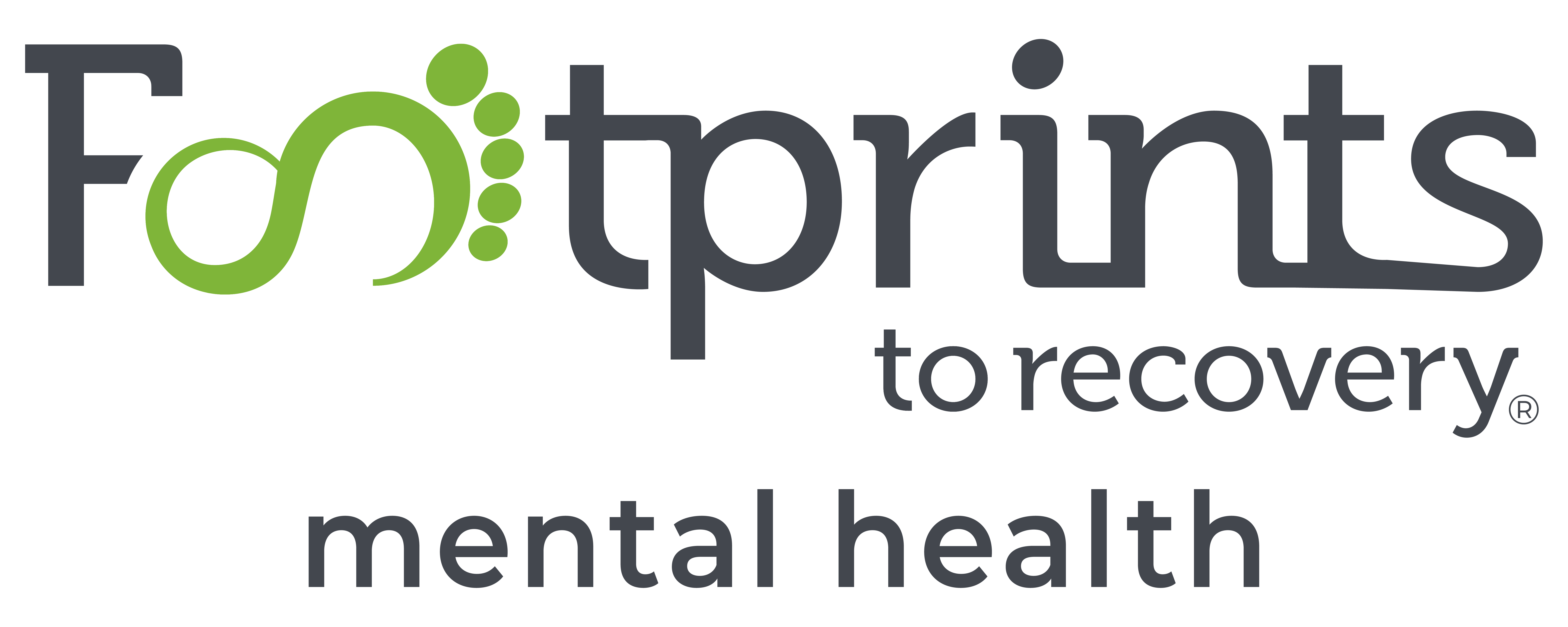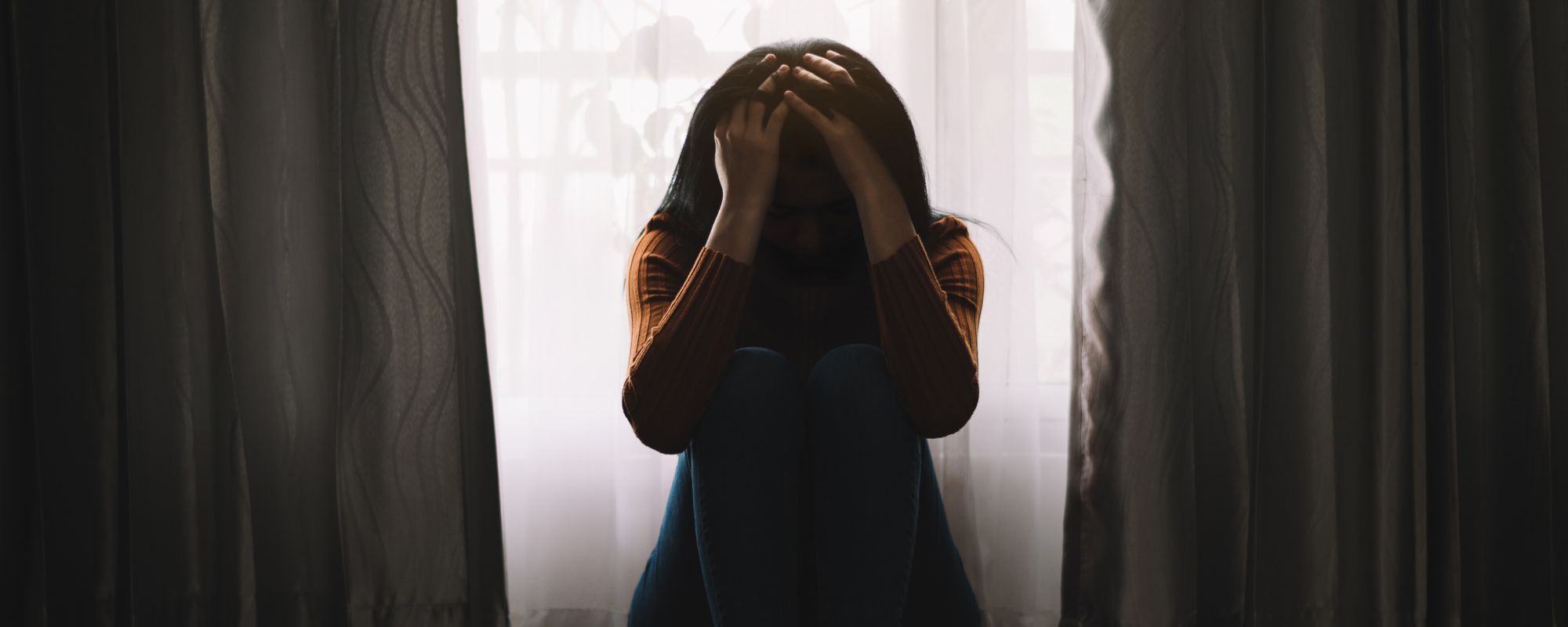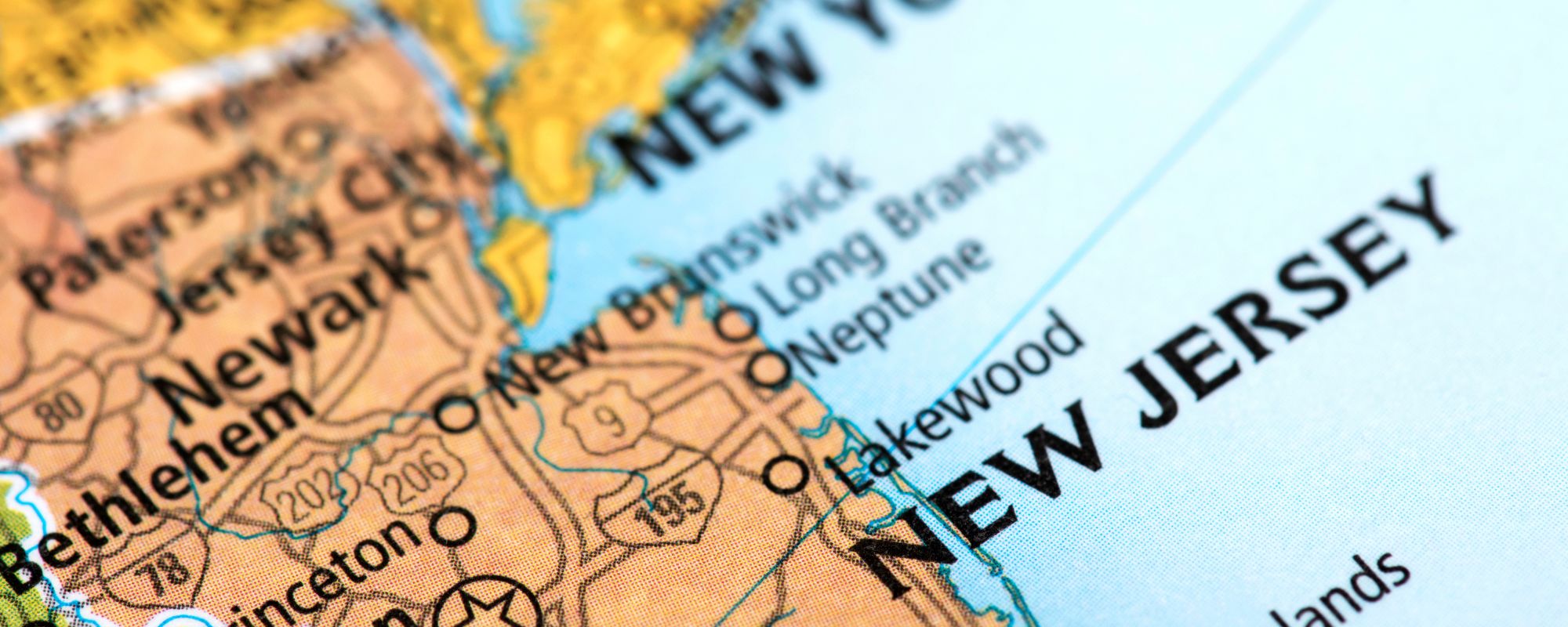There is a sustained and increasing interest in the link between drawing and depression. This practice has been viewed as rather effective in expression and as a form of healing. Most patients who suffer from depression may do creative pieces like drawing, which they find to be helpful in handling some of their feelings. There are certain emotions that can be difficult for a person to give voice to, and the use of art can help a person deal with such experiences. Art therapy can help alleviate some of the stress associated with depression, as individuals often take pride in their creative outcomes.
Art therapy for depression has been recognized to be one of the most effective methods of managing mental health. Therapeutic art has its proper time and sequence of activities that are aimed at healing emotional wounds. Art therapy activities such as drawing, painting, sculpture, and other art forms have been shown to help the individual, in a protected manner, explore his or her inner self. Teens often face peer pressure and can struggle with depression but often do not know how to verbalize their experience. Art therapy can help teens explore these repressed feelings. Not only does this aid in regulating emotions, but it also helps develop self-awareness. Research shows the benefits of art therapy, which can enhance emotional states and lead to positive psychological health. This blog will explore the mental health conditions that drawing and art therapy can effectively treat, highlighting its versatility and benefits in the realm of mental health recovery, specifically depression.
What Is Art Therapy?
Art therapy is one of the psycho-social therapeutic approaches used in health care in which creative works are used. It is considered to be useful for those who suffer from the condition of depression, as it helps them to focus on their feelings through drawing, painting, or making a sculpture. When one is depressed, art therapy makes room for questions that are fundamentally about feelings and emotions that might prove a little more difficult to put into words. This kind of treatment also promotes self-discovery and creates emotional strength and healing since it connects to the deep, subconscious areas of the person. Within a therapy’s structure, patients take part in the artistic process to understand their inner experiences, which makes art therapy useful in cases of depression.
Mental health art therapy aims to help individuals with emotional challenges by incorporating creativity-oriented activities. It uses art therapy for depression, allowing the subjects to explore other means except verbal communication as an effective mode. This approach not only provides relief from the depressive disorders associated symptoms but helps improve overall health as well. With the help of art therapy for depression, individuals are able to learn techniques to cope with crises and enhance knowledge about self and sense of community, which plays a role in aiding their recovery process.
What Mental Health Conditions Can Art Therapy Treat?
Art therapy is a therapeutic approach that utilizes creative expression to address various mental health conditions, providing individuals with a unique avenue for self-exploration and healing. By engaging in art-making activities, individuals can communicate feelings that may be difficult to express verbally, leading to improved emotional well-being. Here is a list of common mental health conditions art therapy can address:
– Anxiety disorders
– Post-traumatic stress disorder (PTSD)
– Eating disorders
– Substance use disorders
– Schizophrenia
– Autism spectrum disorder
– Attention-deficit/hyperactivity disorder (ADHD)
– Dementia
– Trauma-related conditions
– Personality disorders
– Bipolar disorder
Looking For Mental Health Treatment?
Art Therapy for Depression
Art therapy for depression involves the use of creativity as a means of assisting patients in their emotional self-exploration. For instance, an individual can engage in drawing, painting, or even creating sculptures to access emotions that are hard to express with words. This therapy method helps patients to discover themselves, relieve their emotions, and reduce their stress levels as well, enabling them to view their mental status in a different manner. Being a form of therapy that is practiced without the use of oral language, art therapy can help people who are depressed to express all their feelings, which may be the first healing step without the use of many words. It also fosters development and progress.
Drawing and Depression
Drawing can be a powerful tool for individuals dealing with depression, as it allows for the expression of complex emotions in a visual format. Through drawing, individuals can externalize their feelings, providing a sense of relief and clarity. This creative process can also serve as a form of mindfulness, helping individuals focus on the present moment and reduce anxiety. Individuals can use various colors and textures in their drawings, which can also help illustrate their feelings on paper.
Photography and Depression
Photography offers a unique way for individuals with depression to capture and reflect on their experiences. By focusing on the beauty in their surroundings, individuals can shift their perspective and find moments of joy amidst their struggles. Depression can be consuming, but an outlet like photography can help individuals channel their emotions into art. Photography encourages mindfulness and self-expression, allowing individuals to convey their feelings through visual storytelling, which can enhance emotional processing and healing.
Sculpting and Depression
Similarly, sculpting is also very beneficial to individuals suffering from depression; it is hands-on with the person and all his or her senses. It is also envisioned that the actual shaping of a medium such as clay can be put under therapy, which means emotions are expressed in a three-dimensional way. This practical thinking could boost confidence and self-efficacy, which facilitate emotional expression and understanding of oneself.
Does Art Therapy Work If I’m Not Artistic?
Art therapy aims to be inclusive for all individuals of all abilities or experience levels. The main goal of art therapy is not centered around producing artwork; instead, the focus is placed on the act of self-expression and discovery. Participants are urged to connect with their feelings and ideas using art mediums like sketching or crafting without the need for artistic achievements. This form of therapy prioritizes expression over skill, which makes it a beneficial method for those looking to heal and develop personally.
Footprints to Recovery Mental Health provides outpatient treatment programs in New Jersey.
Is Art Therapy Like an Art Class?
Art therapy differs from an art class in that its main objective is not to instruct techniques or skills but to encourage emotional expression and individual exploration through creative methods. Art therapy for depression aims to aid in healing and self-discovery for participants regardless of their artistic proficiency. This therapeutic approach is utilized in psychotherapy offices, rehab centers, mental health facilities, and support groups.
Where Can I find Art and Drawing Classes for Coping with Depression?
Art therapy is commonly offered at treatment facilities as an approach to mental health care. In these centers, you’ll find art therapists who focus on utilizing creative expression to aid individuals in managing challenges related to mental health, like depression. Treatment centers often provide other treatments, such as mindfulness activities and group therapy, alongside traditional psychotherapy. This combination aims to create a supportive environment for individuals looking to enhance their well-being using different therapeutic methods.
Find Art Therapy for Depression Near Me
If you’re looking for depression therapy in your vicinity, begin by checking listings or reaching out to mental health groups that focus on utilizing art as a form of treatment. Numerous facilities provide programs with trained experts to help you navigate the journey toward healing using these outlets. Moreover, speak with your doctor or mental health specialist for referrals to verified professionals in the field of therapy nearby. This way, you can ensure you get the assistance and guidance to tackle your depression.
Art therapy is designed to be accessible to everyone, regardless of artistic skill level. The focus of art therapy is not on creating aesthetically pleasing works but rather on the process of self-expression and exploration. Participants are encouraged to engage with their emotions and thoughts through various art forms, such as drawing, painting, or sculpting, without the pressure of artistic perfection. This therapeutic approach to mental health treatment values personal expression over technical ability, making it a valuable tool for anyone seeking emotional healing and growth.
Interested in exploring art for healing or improving mental health? Contact Footprints to Recovery for more information on our Art Therapy programs. Your mental health matters.
References:
- Art Therapy: A Complementary Treatment for Mental Disorders – PMC (nih.gov)
- Role of Art Therapy in the Promotion of Mental Health: A Critical Review – PMC (nih.gov)
- The value of painting as a therapeutic tool in the treatment of anxiety/depression mental disorders – ScienceDirect
- Frontiers | Effectiveness of Art Therapy With Adult patients in 2018—What Progress Has Been Made? (frontiersin.org)
- SCULPTURE AND DEPRESSION | American Journal of Psychiatry (psychiatryonline.org)
- About Art Therapy – American Art Therapy Association
- Depression – National Institute of Mental Health (NIMH) (nih.gov)
- Channeling The Pain Of Depression Into Photography, And Finding You Are Not Alone : The Picture Show : NPR







